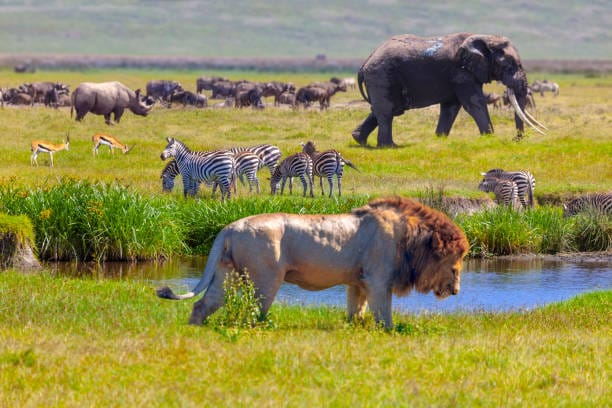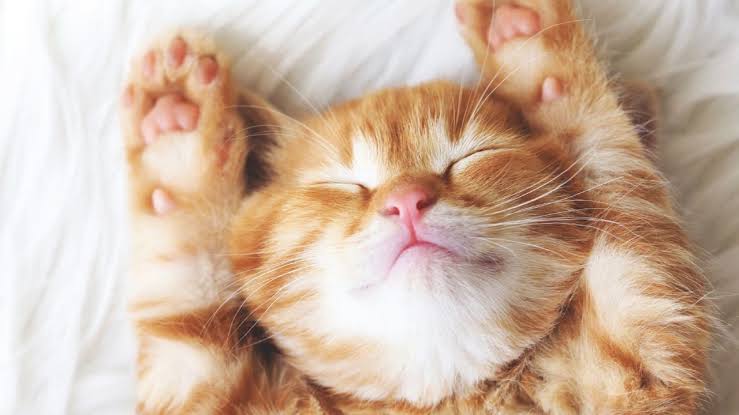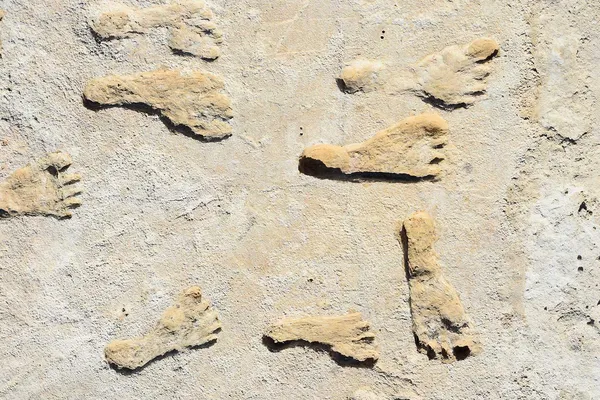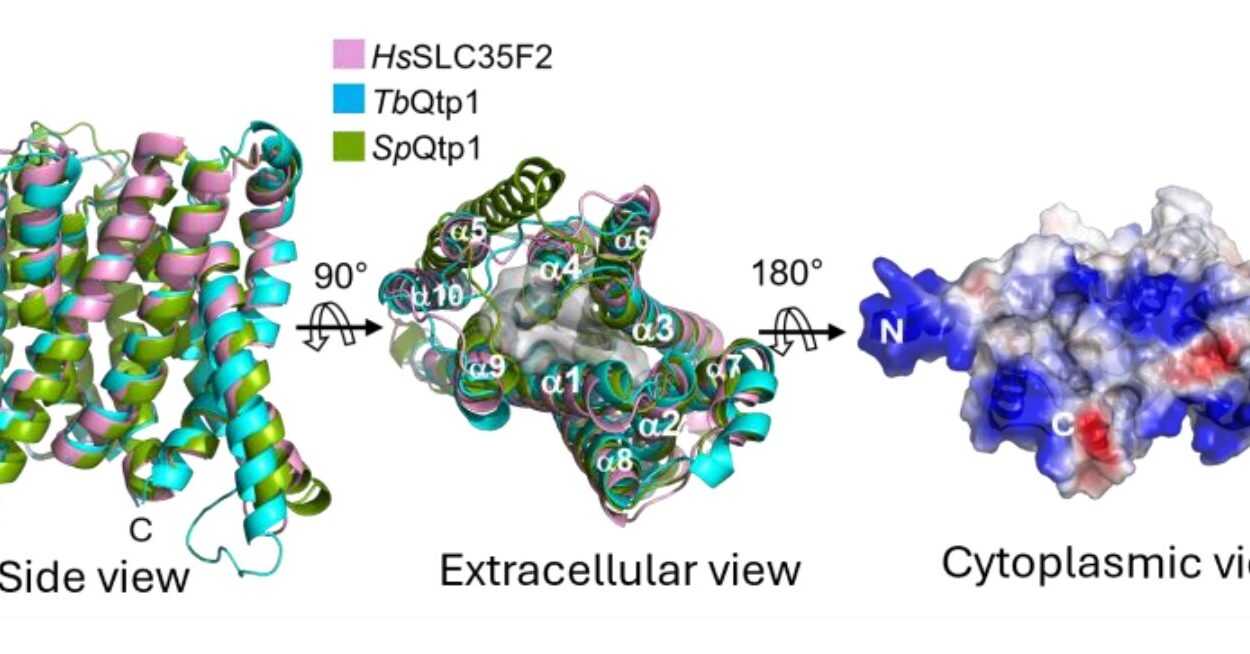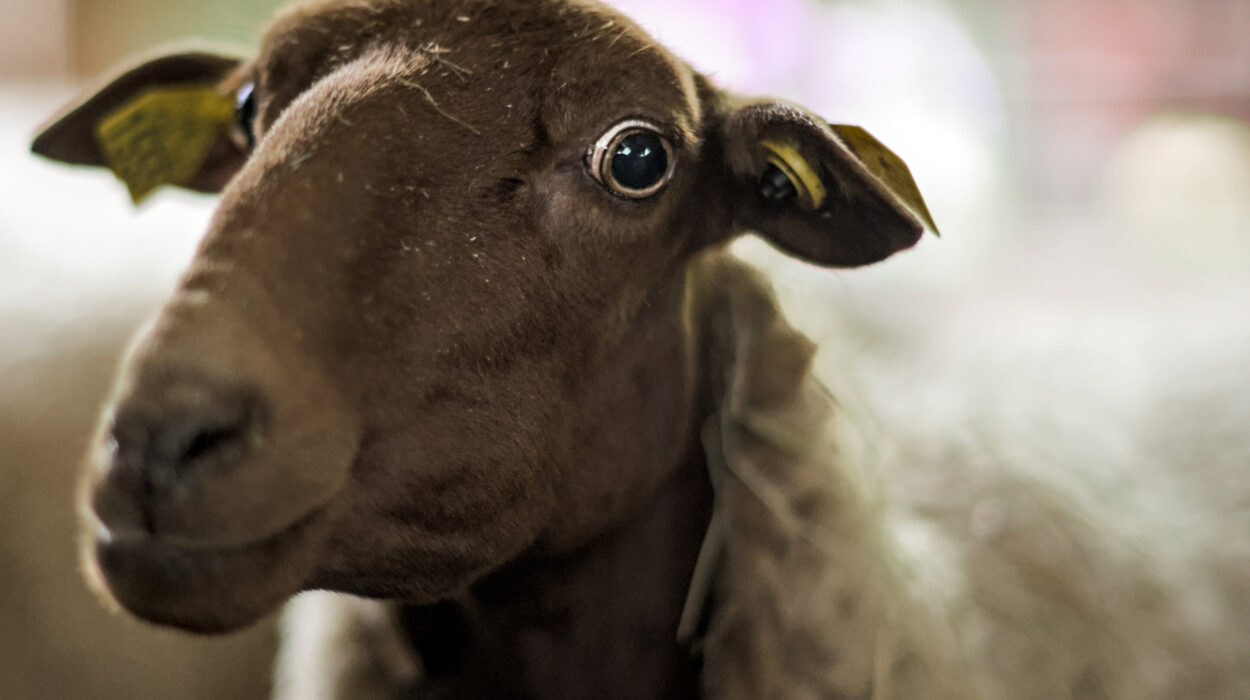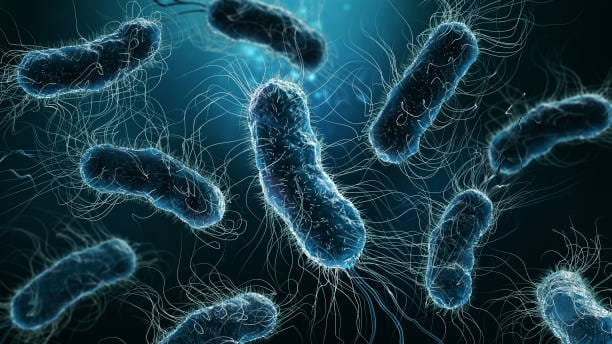In the heart of the African savanna, a lion crouches low in the golden grass. Not far away, a gazelle grazes, its ears twitching, nostrils flaring, alert for the faintest hint of danger. The predator waits. The prey listens. This is no random interaction, no mere accident of nature. What unfolds next is part of an ancient, eternal dance—a dance of life and death that has shaped the very fabric of evolution.
Predators and prey are bound together by forces deeper than tooth and claw. Their lives are intertwined through the relentless tug-of-war of survival. When a predator becomes faster, stronger, or more cunning, it changes the fate of its prey. In turn, when prey evolves sharper senses, quicker reflexes, or better camouflage, it rewrites the rules for its hunters.
This intricate relationship, where each side constantly influences the other’s evolution, is one of the most powerful engines of natural selection. It is not just a struggle. It is a story. A story of arms races and innovation, of extinction and adaptation, of creatures forced to become more than they were simply to stay alive.
This is the story of coevolution—how predator and prey shape each other’s destinies, generation after generation.
A Relentless Evolutionary Arms Race
When Charles Darwin first described natural selection, he imagined a world where life adapted slowly to its environment. But in the predator-prey relationship, natural selection is not a passive process. It is a battle. One species develops a new weapon or tactic, and the other must respond—or die.
Imagine a cheetah, its long limbs and aerodynamic body honed over millions of years to achieve speeds exceeding 60 miles per hour. Now picture the gazelle, which can twist, leap, and dodge with astonishing agility. This isn’t coincidental. The speed of the predator selected for the speed of the prey. And vice versa. When a faster cheetah catches slower gazelles, the slowest gazelles are removed from the gene pool. The survivors are faster—and so are their offspring. Meanwhile, the slowest cheetahs starve, and the fastest pass on their genes.
This cycle drives both species forward in an evolutionary arms race. Just like nations building bigger weapons in response to their rivals, predator and prey escalate their biological technologies. Stronger jaws meet tougher armor. Sharper eyesight meets better camouflage. Greater intelligence meets more cunning evasion.
It’s a race with no finish line. And often, there are no permanent winners—only survivors of the moment.
The Red Queen’s Paradox
The British evolutionary biologist Leigh Van Valen once described this constant race between predator and prey as the Red Queen Hypothesis, named after the character in Through the Looking-Glass who says, “It takes all the running you can do, to stay in the same place.”
This paradox captures the strange reality of predator-prey coevolution: both sides must keep evolving just to maintain the status quo. A predator that stays the same while its prey improves will soon starve. A prey animal that fails to adapt while its hunter evolves will be wiped out.
Nature, then, demands movement. It punishes stasis. In the arms race between predator and prey, evolution doesn’t pause. The ground shifts constantly, and the only path to survival is forward.
This constant back-and-forth is what makes predator-prey coevolution so dynamic, and so relentless. It also explains why some of nature’s most extraordinary adaptations—whether the venom of a snake or the radar-dodging abilities of a moth—arise not from slow environmental changes, but from the immediate pressure of being hunted or hunting.
Camouflage, Deception, and Surprise
For prey, survival is not just about running away. Often, the best defense is not to be seen at all. Across ecosystems, animals have evolved astonishing camouflage to hide in plain sight. The leafy seadragon mimics seaweed. The peppered moth changes color based on pollution levels. Arctic hares turn white in the snow and brown in the summer. These are not random aesthetic choices. They are life-or-death adaptations, shaped by predators who have evolved increasingly precise ways of detecting movement and contrast.
But camouflage is not only visual. Some prey species mask their scent, emit false signals, or mimic dangerous species. Consider the hawk moth caterpillar, which inflates its body and displays eye-like markings to resemble a snake. Predators, deceived by the illusion, hesitate or flee.
In response, predators develop better detection systems. Birds of prey evolve sharper vision. Snakes develop heat-sensitive pits. Wolves hunt in coordinated packs to flush out hiding prey. The predator must outwit the prey’s illusions—and so the game of evolutionary deception escalates.
This interplay of camouflage and counter-camouflage, mimicry and counter-mimicry, is a constant conversation. It’s as if predator and prey are locked in a psychological duel, each trying to out-think the other across generations.
Speed, Strength, and Specialization
Physical power plays a major role in predator-prey dynamics. But in nature, brute strength is rarely enough. Specialization often determines survival.
Predators evolve specialized hunting techniques and tools. The chameleon’s tongue can shoot out faster than a bullet. The anglerfish uses a glowing lure to attract curious prey in the pitch-dark ocean depths. The trapdoor spider constructs a hidden lair and lunges upward when vibrations signal a passing victim.
In turn, prey develop countermeasures. Some animals grow armor—think of turtles or armadillos. Others develop toxic chemicals. Monarch butterflies are poisonous to birds because of the milkweed they consume. Some creatures, like the bombardier beetle, can literally spray boiling chemicals at attackers.
But specialization comes at a cost. A predator that becomes too narrowly focused on a single prey species risks extinction if that species disappears. Likewise, prey that evolve to escape only one type of predator may fall to another. The evolutionary game favors innovation but punishes overconfidence.
This is why ecosystems often feature a web of predator-prey relationships rather than simple one-on-one duels. Diversity provides stability. And even the fiercest adaptations must be tempered by flexibility.
Intelligence and Strategy
Perhaps the most complex adaptations in predator-prey evolution involve intelligence and strategy. In many species, brainpower becomes the ultimate survival tool.
Predators like orcas and wolves hunt cooperatively, using communication and coordination to take down larger or faster prey. Some use decoys or ambush tactics. The octopus, for example, has demonstrated tool use and problem-solving abilities in pursuit of food.
Prey animals, too, show strategic behaviors. Meerkats post sentinels to warn of predators. Crows remember faces of humans who have threatened them. Elephants mourn their dead and protect their young with fierce determination.
Brains evolve under pressure. In environments where predators are clever, prey must become cleverer. And when prey begin to predict predator behavior, predators must outthink them. This cognitive arms race leads to remarkable mental feats—sometimes including deception, memory, social learning, and even empathy.
There is growing evidence that the presence of predators can shape not only physical traits but also the culture and cognition of animals. Where danger is high, vigilance becomes a way of life. In such worlds, only the perceptive survive.
The Ecology of Fear
The impact of predators isn’t limited to who lives and dies. It also influences how prey behave, even when they’re not being hunted. This phenomenon, called the ecology of fear, describes how the mere presence of predators can reshape entire ecosystems.
When elk fear wolves, they avoid open fields and riverbanks. This changes how they graze. As a result, tree saplings survive and grow, which in turn affects bird populations and erosion rates. In Yellowstone National Park, the reintroduction of wolves led to such cascading effects that the entire landscape transformed. Beavers returned. Rivers changed course. Biodiversity increased.
Fear, then, is a form of evolutionary pressure. It changes not just bodies but behaviors, not just individuals but habitats. And over time, these behavioral shifts feed back into evolution itself. Animals that are more cautious survive longer. Offspring inherit a heightened awareness. The legacy of predators lingers even when they are absent.
Coevolution Beyond Animals
Though most dramatic in animals, predator-prey coevolution exists across all kingdoms of life.
In the microbial world, viruses prey on bacteria. In response, bacteria have evolved complex defense systems, including CRISPR—a genetic memory of viral invaders. This ancient predator-prey battle is now at the heart of modern gene editing technologies.
In the plant world, herbivores act as predators, devouring leaves and fruits. Plants respond by producing toxins, thorns, or even chemical signals that attract predators of their herbivores. Milkweed poisons caterpillars. Acacias host ants that attack grazing animals. And in response, herbivores evolve enzymes to detoxify plant defenses.
Even within the human body, immune cells act as predators, seeking out and destroying harmful invaders. In return, some pathogens evolve ways to hide, mimic host proteins, or disable immune responses. Cancer cells, too, can behave like deceptive prey, evading detection while exploiting the body’s resources.
In every corner of life, the dynamic of predator and prey drives complexity. It is not limited by species or scale. It is a universal force, shaping life from the microscopic to the planetary.
When the Balance Breaks
While coevolution can drive innovation, it also carries risks. If predators become too efficient, they can wipe out their prey—and themselves in the process. If prey evolve too strong a defense, predators may starve or shift to other targets, destabilizing the ecosystem.
Human interference often disrupts this delicate balance. When we remove top predators—such as wolves, sharks, or big cats—the prey populations explode. Overgrazing, disease, and biodiversity loss follow. Likewise, when we introduce new predators into ecosystems—like cats on islands—they can decimate native species that have never evolved defenses.
Modern agriculture, hunting, and habitat destruction have reshaped predator-prey relationships on a massive scale. But evolution doesn’t stop. Some species adapt. Coyotes move into cities. Urban rats become bolder and more resistant to poison. Mosquitoes evolve resistance to insecticides. Evolution responds, always.
Yet not all species can keep pace. Many go extinct. The arms race becomes a war of attrition, and time becomes the ultimate predator.
What Humans Can Learn
Though we are the planet’s dominant predator, humans are not outside this cycle. Our ancestors were prey before they were hunters. Our evolution was shaped by fear, cooperation, and ingenuity. Our eyes face forward like predators, but our nervous systems still flinch at shadows like prey.
Understanding predator-prey coevolution teaches us humility. It reminds us that survival is not about dominance, but balance. That power invites counter-power. That every adaptation, no matter how brilliant, comes with a cost.
It also shows us how tightly connected all life is. The gazelle does not run in isolation. The cheetah does not chase in a vacuum. Their destinies are braided together in a single thread of life, pulled tight by time.
In studying this relationship, we glimpse something profound: evolution is not just a mechanism. It is a conversation. A back-and-forth of push and pull, of challenge and response. It is written not only in DNA, but in every leap, lunge, glance, and heartbeat.
The Eternal Chase
In the end, the story of predator and prey is not just about who eats whom. It is a narrative of motion. A tension between stillness and speed, visibility and invisibility, cunning and caution. It is one of the oldest relationships on Earth—older than dinosaurs, older than flowers, older than the bones of continents.
And it continues. In every forest and field, ocean and alleyway, something stalks and something flees. Each has changed the other. Each carries in its body the history of the other’s gaze.
To watch a predator hunt is to witness millions of years of biology in action. To see prey escape is to see evolution remember. And to understand their story is to understand ourselves—not as separate from nature, but as participants in its most enduring game.
The chase never ends. But in its rhythm, life finds its shape.
